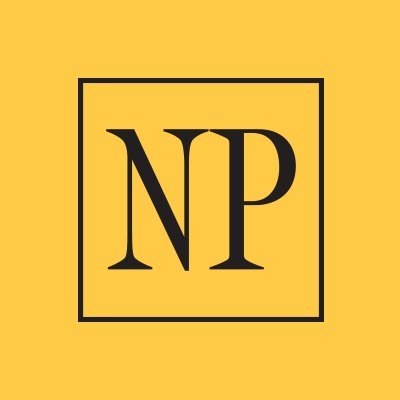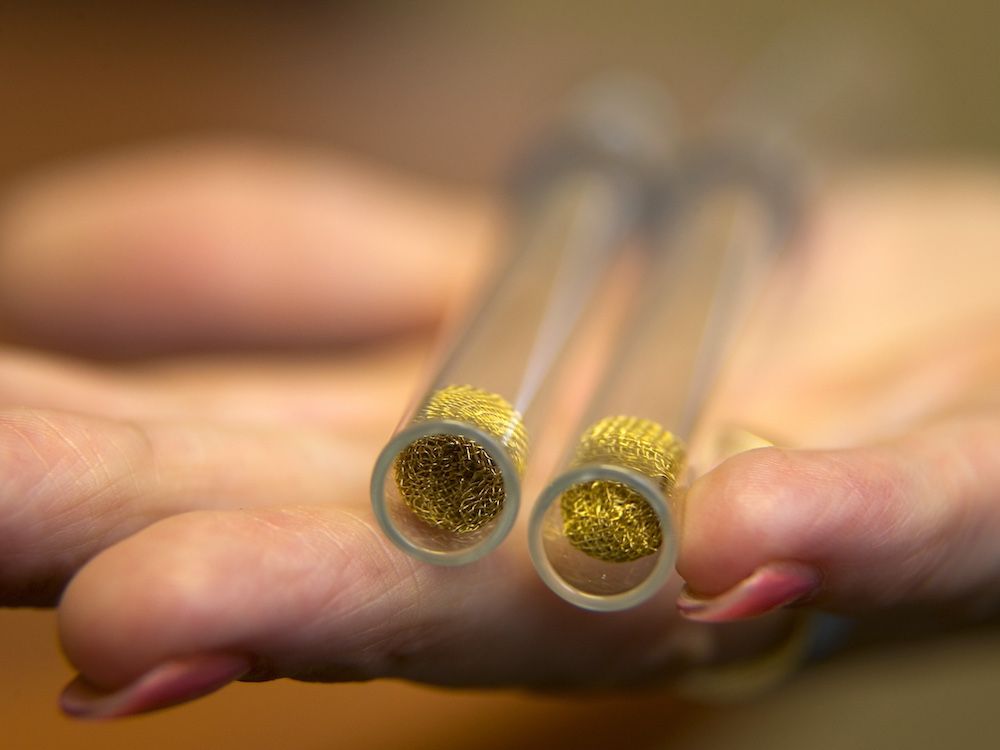



The B.C. government is backtracking on two controversial harm reduction programs that distribute free drug paraphernalia — such as syringes, crack pipes and snorting kits — through vending machines and online home delivery. This new scandal is yet another reminder of how the province, under the leadership of Premier David Eby, has mishandled the overdose crisis and prioritized enablement over recovery.
Concerns about the reckless distribution of harm reduction supplies arose last month, when it was discovered that Fraser Health, one of the province’s five regional health authorities, had launched a website where drug users could order free harm reduction supplies delivered directly to their homes. Though the project, which originally operated under the name “HarmReductionMarketplace.ca,” was officially announced through a press release in August, it had actually been soft-launched as early as late 2023.
Offerings included fentanyl testing strips and Naloxone, as well as more questionable items like crack pipes, syringes (up to 100 per order) and small screens intended to, per the website’s own words, “hold rock of crack cocaine in place.” The order page also provided “smoking kits” that consisted of “heat and shatter resistant glass and accessories primarily used for smoking crack and (fentanyl) off of foil.”
Though the website included instructional videos on how to consume illicit drugs, addiction treatment was barely acknowledged — a single link to Fraser Health’s addiction care clinics was placed at the very bottom of a “resources” subpage.
“The supplies available on the Harm Reduction Marketplace are for individual use only and are not intended for redistribution,” exclaimed a pop-up beneath a header advertising, “Free confidential service!” With respect to preventing abuse of the free supply, only a mild warning was given: “the supplies available on Harm Reduction Online are for individual use only and are not intended for redistribution.” The message seemed malapropos on a website that otherwise functioned as a mail order drug service and apparently had no other anti-abuse mechanisms.
In its mid-August news release, Fraser Health said that the purpose of the marketplace was to give addicts living in remote areas access to clean supplies that could reduce infections and other harms. But critics, once made aware of the project, decried it as enabling and misguided.
“The NDP government will deliver a crack pipe right to your home — even provide a video on how to smoke Crystal Meth. Meanwhile, I’ve had to call the Minister, to beg on behalf of families, to get kids access to treatment,” wrote B.C. Conservative MLA Elenore Sturko on X.
A week after the scandal erupted, Premier Eby ordered a review of the project. All drug paraphernalia, with the exception of testing strips and Naloxone, was removed from the site’s ordering system. References to addiction treatment were made more prominent and the marketplace’s web address was changed to “HarmReductionOnline.ca,” which, in addition to improving the project’s branding, had the side-effect of making its history more difficult to investigate.
A handful of online archives, such as the Wayback Machine, save “snapshots” of websites across time so that the public can analyze old content that has been altered or removed. As there appears to be no archived content associated with the new web address on the Wayback Machine, anyone who wants to study old versions of this project, including the questionable materials taken down two weeks ago, must conduct a search using the original address (“HarmReductionMarketplace.ca”). As many people are unaware of this address, which is apparently being phased out by the government, that creates a barrier for potential investigators.
In an email to the National Post, Dr. Ingrid Tyler, Chief Medical Health Officer of Fraser Health, said that the provision of some harm reduction supplies had been “paused” on the marketplace, but would not clarify whether their removal was temporary or permanent. She also declined to confirm whether any mechanisms prevented the illegal resale of harm reduction supplies.
Saddled with yet another drug scandal, things only got worse for Eby last week when B.C. Conservative candidate Gwen O’Mahony shared a video on X decrying a harm reduction “vending machine” that had been installed directly outside of a Nanaimo hospital last autumn.
O’Mahony began her video by saying, “Let’s go get a free crackpipe and cocaine smoking kit” and walked viewers through how effortlessly one could obtain such paraphernalia (crack pipes were out of stock, though), and how the machine also played an animated cartoon instructing viewers on cocaine snorting techniques. The laughter of children playing nearby could be heard throughout the video.
ChekNews recently reported that a similar vending machine had been removed from Victoria General Hospital in mid-December due to “constrained space and fire alarm activity.” However, Fran Yanor, a B.C. investigative journalist with Northern Beat, was allegedly told by an employee of Island Health, the provincial health authority that oversees that region, that the real reason the machine was removed was because addicts were constantly emptying it of crack pipes to resell on the black market. When the machine ran out of pipes, hospital staff were allegedly harassed for more. Island Health did not respond to a request for comment on these claims.
Within a day of Mahoney’s video going viral, Eby announced a review of the vending machine program and “any of the distribution methods that don’t involve direct contact between a service provider and somebody struggling with addiction.”
While the premier should be commended for his rapid response, commentators from across the political spectrum have understandably accused him of playing politics. A provincial election is looming, and, with the B.C. Conservatives surging in the polls, the B.C. NDP risk being toppled this October. The party’s leaders aren’t stupid: voters are obviously yearning for stricter drug policies.
But shouldn’t governments be judged by how they act when the public isn’t paying attention, not just when they are putting out fires? Eby claims that he wants to implement harm reduction responsibly, but given his record up to this point, and the hushed and delayed announcements of controversial initiatives such as these, why should residents believe him? These experiments were discreetly supported by the party until now, so what prevents them from being expanded after the election?
Adam Zivo is Executive Director of the Centre For Responsible Drug Policy.
